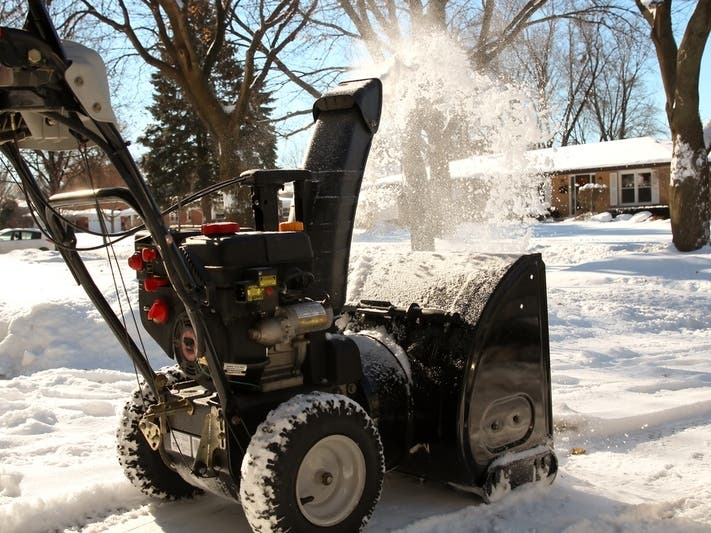Weather
How Much Snow Will Connecticut Get This Winter?
AccuWeather's 2022-23 winter forecast has been released, and its Connecticut consensus is split.

CONNECTICUT — People who love snow might be disappointed, the further west they live in Connecticut, according to AccuWeather’s 2022-23 winter forecast.
New England in general is one of the only areas east of the Rocky Mountains where snowfall could end up being above normal, but the forecast could go either way south of Maine. There, AccuWeather meteorologists predict between 75 and 125 percent of last year's accumulations. Western Connecticut will be a bust for kids hyped for school closures, however, as AccuWeather calls for accumulations of just 50-74 percent of the 2021-22 season. The chance of a couple of Nor'easters in January and March may keep the season from being a total loss for snowbunnies, according to the long-range report.
The northern tier of U.S. states look to be in for a snowy winter, according to AccuWeather senior meteorologist Paul Pastelok, but snow shovels and snow blowers may not get as big a workout.
Find out what's happening in Ridgefieldwith free, real-time updates from Patch.
There’s a big caveat, though — “a triple dip La Niña,” or the third consecutive winter the La Niña will shape weather patterns across the year. A La Niña occurs when Pacific Ocean temperatures near the equator are cooler than normal, influencing the jet stream and overall weather patterns in North America.
But that doesn’t mean last winter’s weather in Connecticut will be repeated this time around. No two La Niña winters are the same, Pastelok pointed out in a story on the AccuWeather website, and that makes forecasting “very tricky.”
Find out what's happening in Ridgefieldwith free, real-time updates from Patch.
He said the weather setup for winter is one of the most complicated and dynamic in recent memory due to all the weather factors that could come into play as the first day of winter — Dec. 21, with the arrival of the winter solstice.
AccuWeather’s long-range forecasters analyzed computer models, looked at previous winters and used their own personal experience to determine if it will be a snowy winter, if and when the polar vortex will whip up Arctic air, and whether it will be a good season for skiers.
Outside of northern tier states where lots of snow is expected, here’s a thumbnail of what could be in store for other regions of the country:
Southeast: Winter should be mild, but the final stretch of the hurricane season could be active with warm water off the Atlantic seaboard and Gulf coasts. Heavy rain into the Tennessee Valley could be a problem, too.
Northeast and Midwest: Early-season snow is likely, but overall, forecasters expect mild temperatures in the middle part of the season will limit the frequency of snow. Precipitation could be above normal with a few all-rainfall events. Less prolific lake-effect snow is expected in places like the eastern Great Lakes around Buffalo, New York; Erie, Pennsylvania; and Cleveland, Ohio. Farther west, near- to above-normal lake-effect snow is expected.
Plains: Temperatures will be a bit above normal in Central Plains states Oklahoma, Texas, Kansas and Colorado, but cold could settle in when the calendar turns over to 2023. The Northern Plains, especially, could see feel-like temperatures of 50 degrees below zero with the arrival of brutally cold Arctic air, especially in February.
West Coast: Weather patterns are shaping up much as they have for the past two years, but forecasters expect differences in the primary storm track to veer farther north, meaning the drought conditions affecting about three-fourths of the region will persist in parts of California, Nevada and the Southwest. That doesn’t mean Washington, Oregon and Colorado will see non-stop storms, though. Western Canada is expected to be hit the most. The Cascades and Rockies should be a good choice.
Get more local news delivered straight to your inbox. Sign up for free Patch newsletters and alerts.